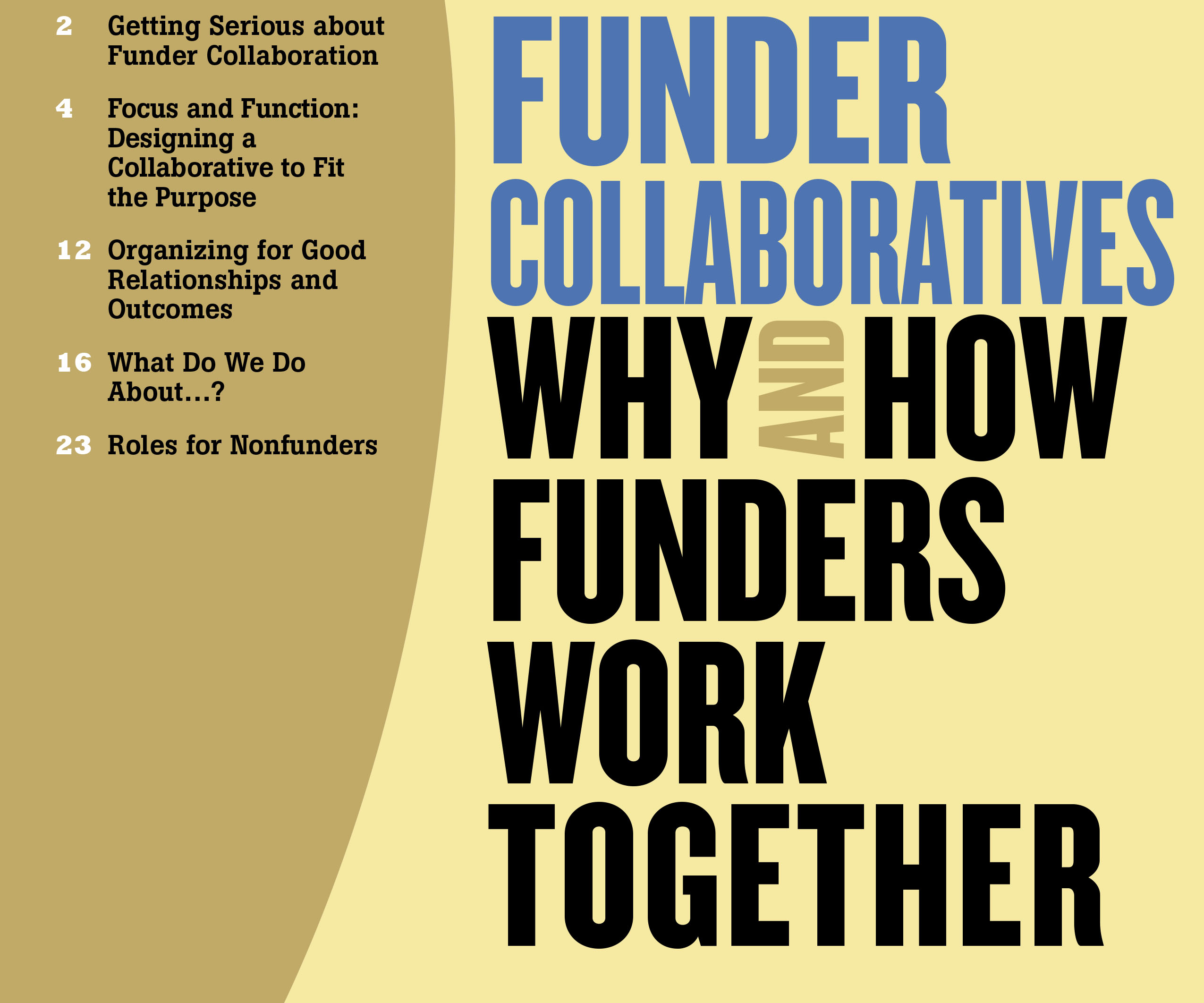Expanding a Funding Base Communities for Public Education Reform
Communities for Public Education Reform (CPER) got its start in 2006, when a group of national funders who had been active in the Working Group on Education Organizing decided to create a pooled fund to support intensive community organizing for school reform. They engaged the intermediary group Public Interest Projects to work with a steering committee of national funders to establish guidelines and, eventually, manage the collaborative’s grantmaking. After an intensive RFP process, the group selected four regions: Chicago, Denver, New Jersey, and Philadelphia. In each area, local funders leverage national funders’ contributions through a 1:1 dollar match and commit to raising at least $250,000 annually for at least three years. The local funder groups then make their own decisions about which groups receive support in their communities.
The collaborative gives national players a chance to build the field by working close to the ground in four communities — essential for a grassroots-oriented approach like community organizing. Local players bring their perspectives and expertise to national groups. CPER also sponsors a “community learning and technical assistance network,” through which it hosts annual meetings of all partners — donors and grantees — and subsidizes grantees’ travel to visit other sites or attend trainings. CPER provides capacity-building support to help sites conduct media/public education campaigns, which helps to raise the visibility of education reform and community organizing.
Lori Bezahler, executive director of the Edward W. Hazen Foundation and a CPER member, has been impressed with the benefits of this structure. “Although national funders have the big picture perspective, which is valuable, the local funders have such deep knowledge about the context for education and organizing, which is also extremely important.” The participation of local funders “allows final decisions about funding to be owned locally, which increases the likelihood that it will be sustained.” At the same time, said another member, the collaborative has sometimes had to find ways to allow funders who are nervous about supporting organizing or policy advocacy to participate, while at the same time tracking the effectiveness of community organizing as a strategy for education reform.


